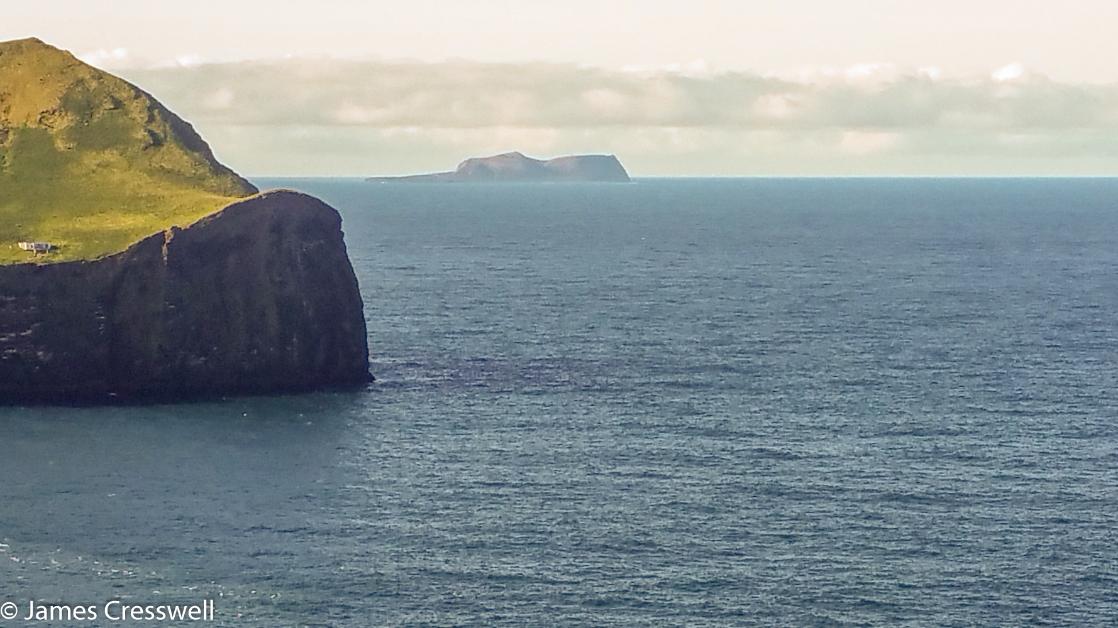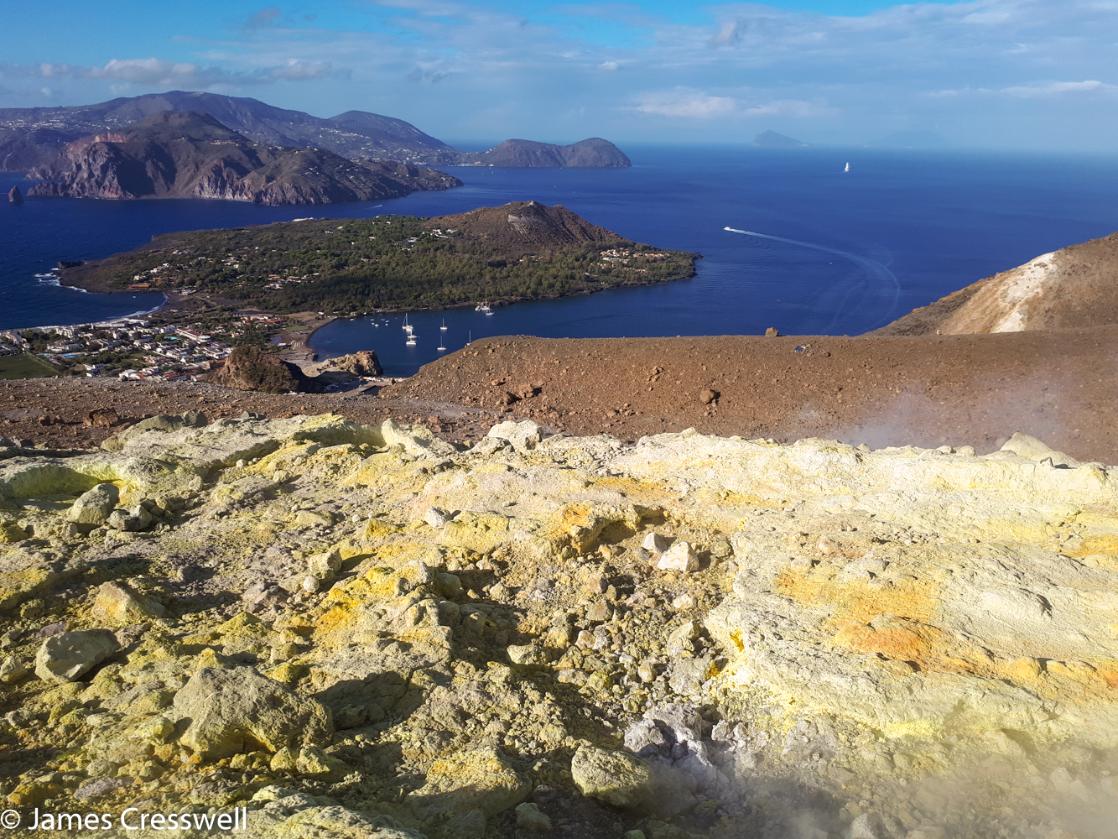Islands
There are two main types of islands, continental islands and oceanic islands. Continental islands occur on the continental shelf and are cut off from the mainland by shallow seas. Examples of continental islands we visit are the British Isles, Greenland, Svalbard and coastal islands of Antarctica. Ocean Islands occur on oceanic crust and are surrounded by deep water. They can form in several ways. They can be hotspot volcanoes such as the Canary Islands, or they can be volcanoes above a subduction zone such as the Aeolian Islands; or they can be due to fragments of continent that have been ripped off due to plate movements such as Sicily . Iceland is a very unusual example of an island and occurs where a mid ocean spreading ridge has drifted above a hotspot causing the spreading to be uplifted above the surface creating a very large oceanic island.
The following trips feature islands:
ANTARCTICA
Antarctica - voyages to Antarctica visit both continental islands and oceanic islands. The coastal islands are continental while islands such the South Shetlands, Peter I, and the Australian and New Zealand sub-Antarctic islands are oceanic.
Canary Islands
Volcanic Island Hopping - 3 different Canary Islands are visited. These are Tenerife, La Gomera and La Palma
England & Wales
Jurassic Coast & the Complete Geological Timescale - visits Great Britain and the Isle of Anglesey known as Ynys Môn in Welsh.
GREENLAND
Spitsbergen and Northeast Greeland - Greenland is the world's largest island. It is part of the North American continent while Australia is not considered an island because it is a continent in its own right.
Iceland
The Vulcanologist's Dream - visits the main island of Iceland and the Westman Islands. If the weather is clear it is possible to see the island of Surtsey which emerged from the sea in 1967.
Italy
The Classic Volcanoes - visits the Aeolian Islands and Sicily
Scotland
The Birth of Geology - visits Great Britain, the Isle of Skye, the Isle of Mull and the Isle of Staffa.

A view of Surtsey in Iceland. Surtsey a UNESCO World Heritage Site was 'born' in 1967 when it emerged during a subsea volcanic eruption. It now lends its names to all such eruption types.

